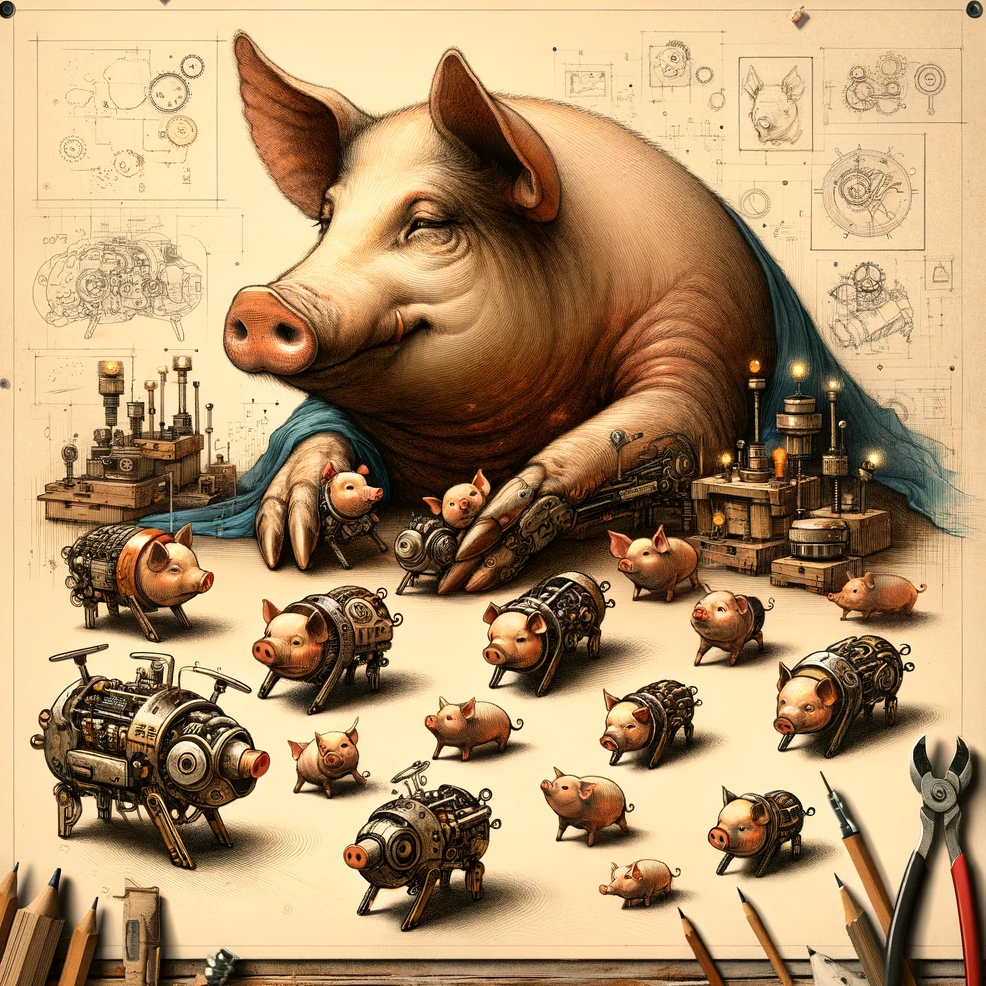Going to conferences are always interesting experiences, and as with any endeavour I think it’s important to ask oneself what the point of doing it is. Attending HCII in Gothenburg [1] gave me the possibility to meet up with friends and family, attending ARPPID in London [2] gave me the possibility to acquire some top-notch cookies, and there are not really that many culinary experiences that reaches the hights of fish and chips or halv special med pucko.

Halv special med Pucko – the point of going to a conference in Gothenburg?
Despite the personal advantages when travelling for work, the point is still to work, to present ideas, to gather ideas, but the challenge remains to put these ideas into practice. At HCII, I presented our paper examining stakeholders’ views of potential future technologies at airports [3], while at ARPPID I presented our paper on the collaboration throughout our airport project TARA [4] [5]. During HCII, I also gathered notes and talked to people about improving my own research, new application possibilities at airports, AI in large organizations, AI in teaching, AI in design practice – many different perspectives that can be of use for our research.
And then what? An attempt to answer this question came in the form of ARPPID, where the focus was on papers about closing the gap between interaction design research and professional practice. One challenge I take with me is that it can be multiple and different steps, incentives, and definitions between researchers at universities, researchers in industry, designers, and people who are not designers, making discussions between the fields and roles difficult.
There were also articles and presentations focusing on the misunderstanding of HCI methods, which is somewhat ironic since a core idea of HCI that I’ve taken with me is that systems should be easy to use, and therefore a big part of the responsibility of how the technology is used should be on the designer. This idea should naturally translate to usability and HCI concepts as well, which of course is easier said than done. This taps into the central issue of having common language between academia and industry, which our paper largely is about. Maybe it’s not that important to be academically correct all the time, and letting go of the prestige around that our well-defined and (hopefully) well-cited concepts are being bastardized could be more pragmatic in settings when collaboration with people who are not in research is being established.

What does it mean?!
A more long-term perspective on the question “and then what?” was also discussed in ARPPID, mostly during a panel about the future of HCI in a world of (more) AI. A very interesting part of this discussion were the points that there are a lot of negative consequences that HCI research and practice have led to (one thought – the book The Anxious Generation [6]). P(doom) numbers [7] were discussed, some saying 100, some saying 0 – as well as solutions how to mitigate the challenges that potential existentially threatening technologies, like AI, can pose. However, I do believe that despite the best of intentions there is always a risk that the methods, technologies, and ideas will be bastardized or fill a purpose that was never the intent of the developer.
What I take with me from these conferences are therefore three questions: Who are the users (of the methods or technology etc.)? What is a metric of success? What are the trade-offs?
These questions will have different answers for different people, and the focus may, depending on the person, vary between better collaborations, better research, or managing of existentially catastrophic outcomes. This makes us come back to the original question: what is the point – of going to conferences, gathering ideas, developing methods, or creating technologies? The choice is (still, maybe, kind of, not really, never was) up to us (designers, researchers, practitioners, and other stakeholders and concerned citizens of the world).
References:
[2]: Academic Research and Professional Practice in Interaction Design 2025 – ARPPID 2025
[4]: Coming soon.
[5]: https://hto.blog.uu.se/current-research-projects/
[6]: The Anxious Generation – Free the Anxious Generation
[7]: P(doom) – Wikipedia



